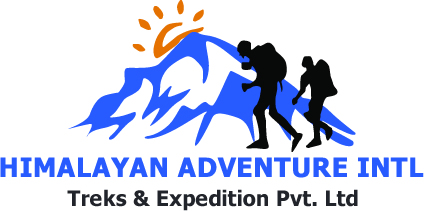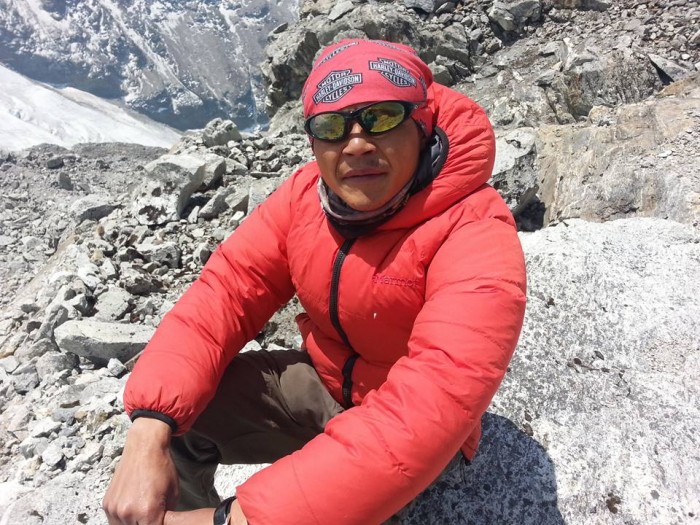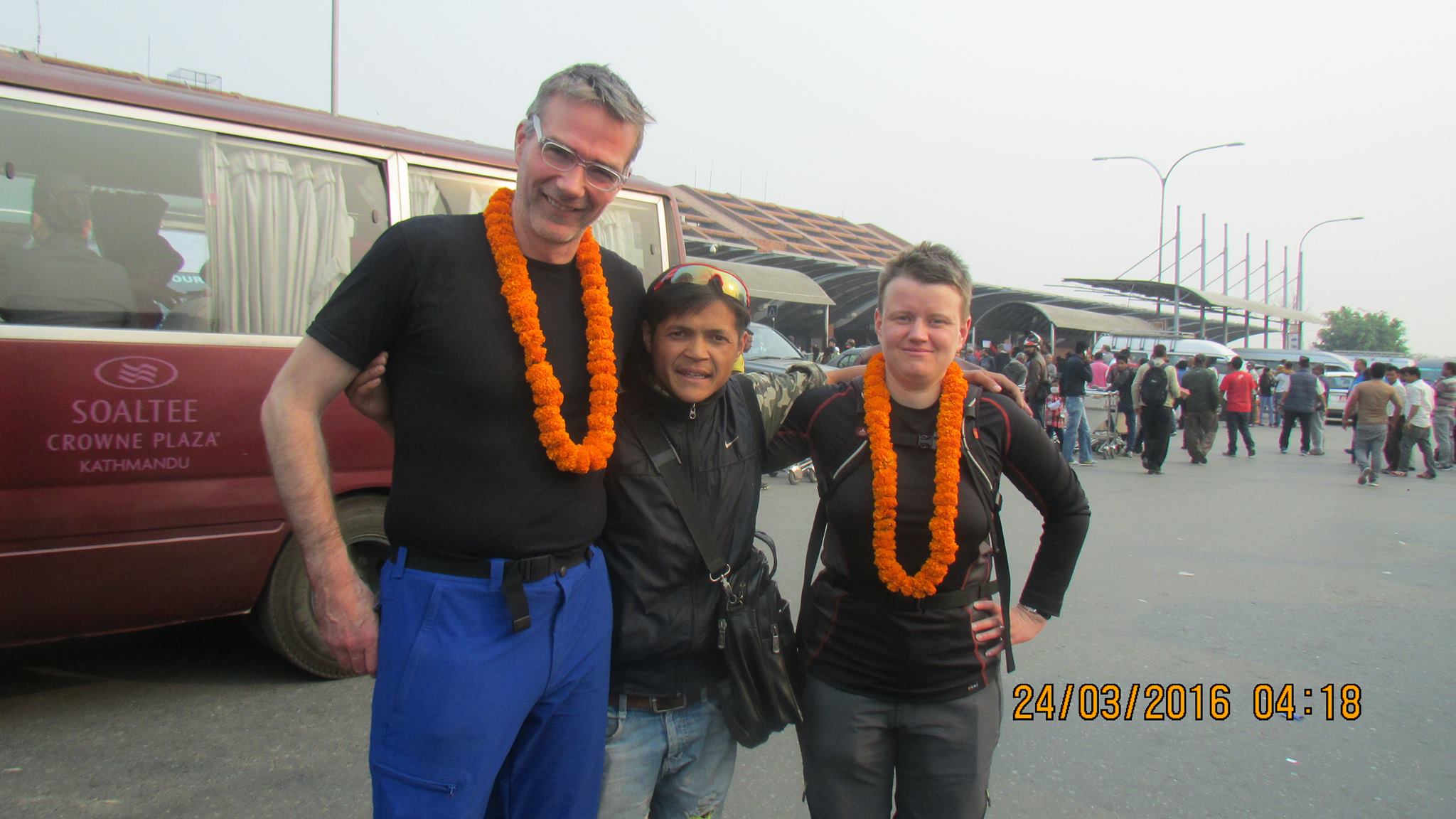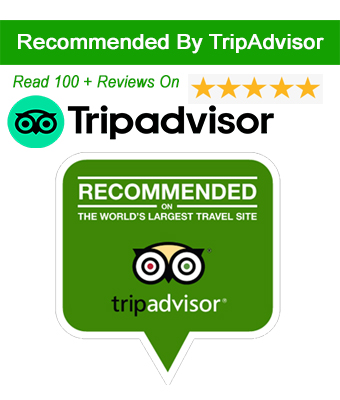Mera Peak, standing tall at 6,476 meters (21,247 feet), is Nepal’s highest trekking peak and one of the most sought-after destinations for climbers looking to experience the grandeur of the Himalayas without the technical complexities of higher expeditions. Offering spectacular views of Everest, Lhotse, Makalu, Cho Oyu, and Kanchenjunga, Mera Peak Climbing is a dream come true for adventurers.
In this detailed guide brought to you by Himalayan Adventure International Treks, we cover everything you need to know — from costs for Nepali climbers and foreigners to itineraries, maps, permits, guide fees, and comparisons with other popular trekking peaks like Island Peak.
Why Choose Mera Peak Climbing?
Mera Peak offers a unique blend of trekking and mountaineering. It doesn’t require technical climbing skills, making it perfect for fit trekkers with basic mountaineering training. The real reward lies in the 360-degree Himalayan panorama — five of the world’s tallest peaks are visible from its summit.
Mera Peak Height
Mera Peak is located in the Hinku Valley in the Solu-Khumbu region of Nepal. Its elevation is:
This makes it the highest trekking peak in Nepal as classified by the Nepal Mountaineering Association (NMA).
Mera Peak Itinerary: A Standard 15-Day Adventure
Here is a recommended Mera Peak itinerary by Himalayan Adventure International Treks, which allows for proper acclimatization and success on the summit:
Day 01: Arrival in Kathmandu
Arrival, briefing, and preparation. Overnight at hotel.
Day 02: Flight to Lukla and trek to Paiya (Chutok) – 5–6 hrs
Scenic mountain flight and short trek through forests and villages.
Day 03: Trek to Panggom – 5–6 hrs
A beautiful trail through rhododendron forests and traditional settlements.
Day 04: Trek to Nashing Dingma – 6–7 hrs
Crossing Panggom La Pass and descending into the lush Hinku Valley.
Day 05: Trek to Chhatra Khola – 7 hrs
Diverse flora and fauna along the trail.
Day 06: Trek to Kothe – 6 hrs
Walking alongside the Hinku River.
Day 07: Trek to Thangnak – 4 hrs
An easy acclimatization hike with fantastic views.
Day 08: Acclimatization Day at Thangnak
Hike to Charpate Himal for better acclimatization.
Day 09: Trek to Khare – 3–4 hrs
Base camp area with equipment checks and training.
Day 10: Acclimatization + climbing training at Khare
Your guide will teach rope techniques, crampon usage, and ice axe handling.
Day 11: Trek to Mera High Camp – 5–6 hrs
A stunning ascent to the high camp with panoramic views.
Day 12: Summit Mera Peak and return to Khare – 8–9 hrs
Early morning push to the summit and back to Khare. A lifetime achievement!
Day 13: Trek to Kothe – 6 hrs
Descending through the forest.
Day 14: Trek to Lukla via Zatrwa La Pass – 8–9 hrs
A long but rewarding final day of trekking.
Day 15: Flight back to Kathmandu
Celebration and farewell dinner.
How Many Days to Climb Mera Peak?
The full expedition takes about 15–18 days, including acclimatization and travel time. The actual climbing portion takes about 3–4 days from Khare to summit and back.
Mera Peak Climbing Cost for Nepali and Foreigners
Climbing costs vary depending on nationality, group size, and services included.
✅ Mera Peak Climbing Cost for Nepali Citizens
For Nepali climbers, costs are significantly lower due to domestic rates. A typical Mera Peak package for Nepali citizens ranges between:
-
NPR 70,000 – 110,000 per person
(Inclusive of permits, transportation, food, accommodation, and guide fees.)
✅ Mera Peak Climbing Cost for Foreigners
For international trekkers, a fully supported package generally ranges between:
-
USD 2,000 – 2,500 per person
(Inclusive of all necessary logistics, permits, guide/porter, meals, accommodation, and flight.)
For accurate quotes and custom packages, contact Himalayan Adventure International Treks directly.
Mera Peak Package: What’s Included?
A comprehensive Mera Peak package typically includes:
-
Airport pickup/drop
-
Domestic flights (Kathmandu–Lukla)
-
Licensed guide and porter
-
Climbing guide with experience
-
Climbing permits and park fees
-
Full board meals during the trek
-
Lodge accommodation + tented camping at high camp
-
Climbing equipment (on rent or request)
-
Insurance for staff
-
First aid and emergency assistance
We offer group discounts and special packages for Nepali climbers, student groups, and NGOs.
How Much to Climb Mera Peak?
To summarize the costs:
| Description |
Estimated Cost (USD) |
| Mera Peak Permit |
$70–$250 (seasonal) |
| Flight (Kathmandu–Lukla roundtrip) |
$224–$448 |
| Guide (per day) |
$30–$40 |
| Porter (per day) |
$20–$25 |
| Meals and Accommodation |
$25–$30/day |
| Climbing Gear Rental |
$100–$200 total |
| Full Package (All-inclusive) |
$2,000–$2,500 |
How Much Does the Mera Peak Permit Cost?
The permit cost for Mera Peak varies depending on the season:
-
Spring (March–May): USD 250
-
Autumn (Sept–Nov): USD 125
-
Winter/Summer (Dec–Feb & June–Aug): USD 70
In addition, you’ll also need:
-
Makalu Barun National Park Permit: NPR 3,000 (for foreigners)
-
Local Municipality Fee: NPR 2,000
Nepali citizens are eligible for significant discounts on these permits.
How Much Does a Guide Cost at Mera Peak?
Hiring a guide is essential for your safety and navigation, especially in high-altitude terrain. Costs for licensed guides:
Climbing guides with technical expertise may cost slightly more, but they are worth every penny for a successful summit.
Mera Peak Trekking Map
A detailed Mera Peak trekking map helps plan the route, identify acclimatization points, and estimate distances between villages. Maps typically highlight:
-
Key villages: Lukla, Panggom, Kothe, Khare
-
High Camp and glacier sections
-
Contour lines, altitude gain, rivers, and passes
-
Nearby peaks and viewpoints
You can purchase a physical trekking map in Thamel or request a digital map from Himalayan Adventure International Treks.
Mera Peak Deaths: Is Mera Peak Dangerous?
While Mera Peak is a non-technical peak, it lies at a very high altitude, and the main risks include:
Though fatalities are rare, Mera Peak deaths have occurred due to insufficient acclimatization or poor preparation. Always climb with a certified guide and follow the itinerary strictly. We recommend training and trekking at 4,000–5,000 meters before attempting Mera.
Training and Preparation Tips
To improve your chances of success and safety:
-
Engage in cardio training, stair climbing, and strength exercises at least 2–3 months prior.
-
Practice hiking with a backpack over long distances.
-
Attend a basic mountaineering course if possible.
-
Get used to walking in snow and using crampons.
Best Time to Climb Mera Peak
The best climbing seasons are:
-
Spring (March–May): Stable weather, good snow conditions
-
Autumn (Sept–Nov): Clear skies and stunning visibility
Avoid winter (extreme cold) and monsoon (risk of landslides, leeches, and clouds).
What is the Cheapest Peak to Climb in Nepal?
If you're budget-conscious, you might wonder:
✅ What is the cheapest peak to climb in Nepal?
-
Yala Peak (5,732 m) in the Langtang region is considered one of the cheapest.
-
Island Peak (6,189 m) is also popular but more technical and expensive than Mera.
Island Peak Cost:
While Island Peak is more technical, Mera is more about endurance and altitude. Choose Mera if you want the highest trekking peak with less technicality and a more remote experience.
Why Book with Himalayan Adventure International Treks?
At Himalayan Adventure International Treks, we pride ourselves on:
✅ Highly experienced climbing guides
✅ Flexible, customizable packages
✅ Affordable rates for both Nepali and foreign climbers
✅ Emergency response and satellite communication
✅ Ethical tourism practices supporting local communities
We ensure that your Mera Peak climbing experience is safe, memorable, and meaningful — whether you're a first-time climber or a seasoned adventurer.
Mera Peak – A Journey Above the Clouds
Mera Peak is a fantastic entry into the world of Himalayan mountaineering. Its combination of breathtaking scenery, cultural richness, and physical challenge makes it one of the best experiences Nepal has to offer. With proper planning, experienced guidance, and support from Himalayan Adventure International Treks, your journey to the top of Mera will be nothing short of life-changing.
So — are you ready to conquer the highest trekking peak in Nepal?
📞 Contact Us:
Himalayan Adventure International Treks Pvt. Ltd.
🌐 Website: himalayanadventureintl.com
📧 Email: info@himalayanadventureintl.com
📞 WhatsApp/Viber: 977-9803526139
📍Budhanilkantha 06, Kathmandu, Nepal
"Climb High, Live Fully – With Himalayan Adventure International Treks"

 Plan Your Trip Now
Plan Your Trip Now 



